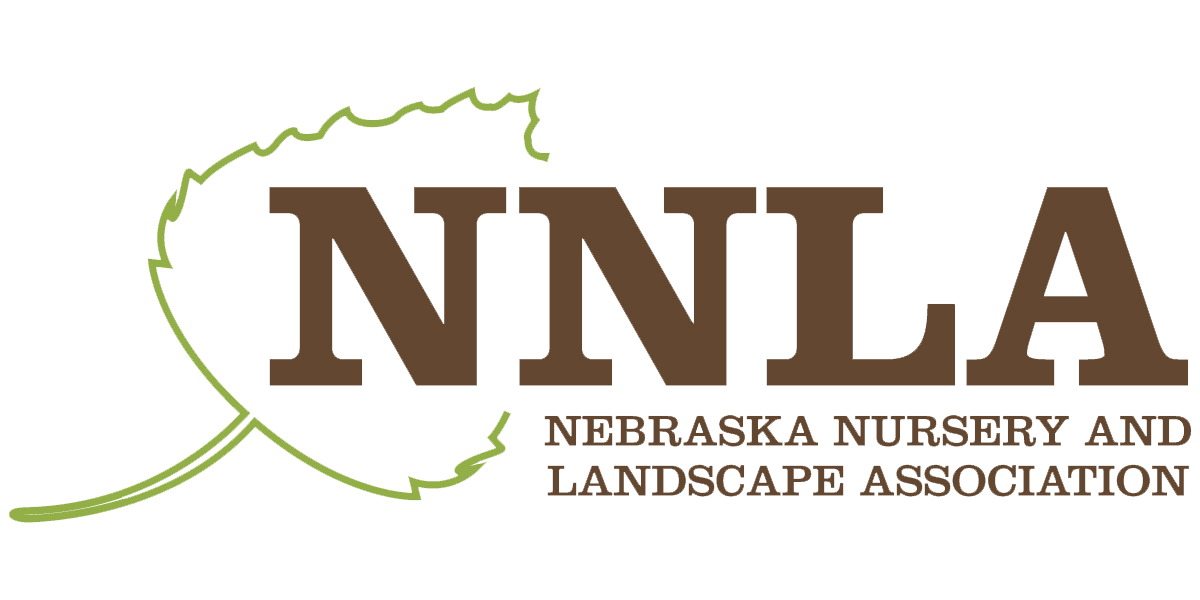Predator-resistant plants to avoid a “caged plant zoo”
BENEFICIAL LANDSCAPES column from the Nebraska Statewide Arboretum
Are some of your prized plants caged up to protect them from predators like deer, bunnies or other creatures? Animals will eat almost anything if they’re hungry enough but selecting less-favored plants from the outset can go a long way toward avoiding a “plant zoo” landscape.
A caged bellflower
Deer and rabbits are the worst culprits for aboveground damage. Both generally avoid plants that are fragrant (herbs, alliums, catmint), sappy, prickly or toxic (lenten rose, foxglove, poppies and daffodils). If you’re unsure of the culprit, deer tend to leave rough, shredded tooth marks while rabbits leave a finer, cleaner cut. The presence of voles is marked by wide pathways strewn with clippings that lead to open burrows; their damage is evidenced by yellowing or withered plants whose roots have been consumed. Below are some of the least and most favored plants.
Deer
If deer are hungry enough they’ll eat almost anything, especially tender new plants. The worst deer browse tends to occur in winter.
Woody plants they’re likely to avoid include forsythia and yucca. Some of the plants they’re least likely to bother are grasses, ferns and herbs. Specific perennials they tend to avoid: artemisia, iris, lamb’s ear, lamium, lenten rose, monkshood, peony, salvia and yarrow.
As far as favorites, the woody plants they most like to browse are fruit trees, arborvitae, dogwood, fir, rhododendron, yew and maple. Most-favored perennials include balloonflower, blanketflower, campanula, clematis, daylily, geranium, hosta, lily and tulip.
Rabbits
Rabbits can do a lot of damage to woody plants by feeding on bark and twigs but they tend to avoid boxwood, cotoneaster, holly/Ilex, juniper, Kerria, quince and viburnum. Besides grasses and the fragrant, spiky and poisonous plants listed above they tend to avoid: artemisia , beebalm, bleeding heart, columbine, coreopsis, daylily, delphinium, monkshood, rudbeckia, salvia and yarrow.
Like deer, fruit trees are some of their favorites for nibbling on.
Voles
Keeping the vegetation low around garden beds can help deter voles by reducing cover. Their damage is done underground but there are some specific bulbs and corms they tend to avoid: daffodil, grape hyacinth, snowdrops and jack-in-the-pulpit. They also avoid allium, iris, lenten rose and salvia.
Their favorite plants for grazing include grasses, herbaceous plants, roots, seeds, bark, seedlings and most bulbs and corms.
Insects—97 percent Beneficial
Hosta Damage
Insects are an entirely different story. The great majority of them—97 percent according to most sources—are beneficial. Entomologist Doug Tallamy was referring to insects when he said, “A plant that has fed nothing has not done its job.” Though insects do some visible damage to plants, they’re critical for pollination and as a food source for birds and other wildlife. His research works to quantify their value toward broader environmental benefits. One of the ways he does this is to explain their worth in terms of more valued creatures like birds and butterflies. His catalog of native insects, for instance, is titled “What does bird food look like?”
Karma Larsen, Nebraska Statewide Arboretum, plantnebraska.org


